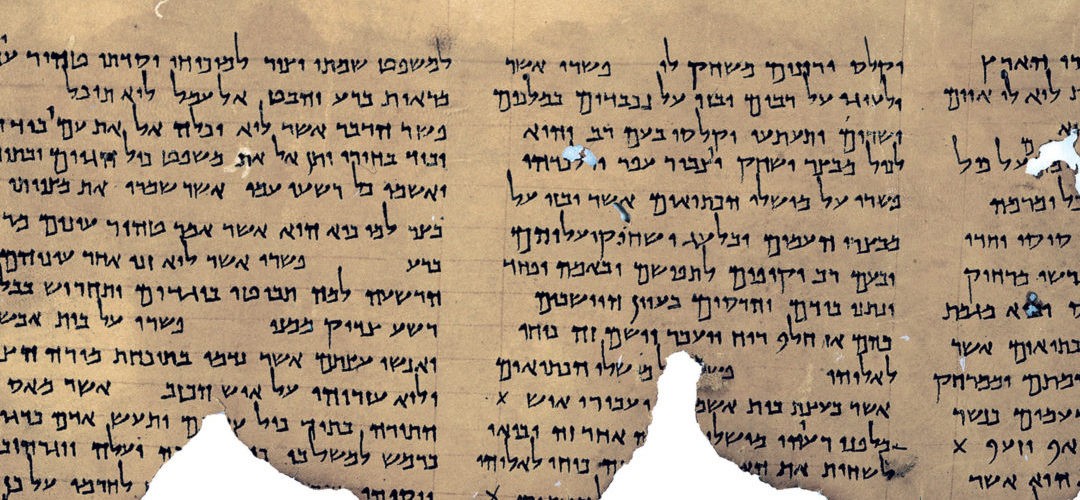Desire to validate the Bible makes Christians easy prey for archaeological forgeries
This article originally appeared on July 13, 2021 at Baptist News Global.
The early morning air breathes hot on her face as archaeologist Cynthia Shafer-Elliott picks up her trowel to begin her work she describes as “not for the fainthearted.” Before her stands a mound of dirt, otherwise known as a “tel,” that holds within itself the remains of long-lost cities and towns.
These man-made hills can be found throughout the lands of Israel, Gaza, Palestine, Jordan, Lebanon and Syria. In an interview with Peter Enns and Jared Byas on their podcast, The Bible For Normal People, Shafer-Elliott revealed that for her, “it’s the stories behind the artifacts, behind the architecture, the stories of the people that used these items and lived during this time that I find the most fascinating.”
Cynthia Shafer-Elliott and students from William Jessup University at an archaeological dig.
Every muscle in her body aches as Shafer-Elliott begins moving away the dirt, not expecting to discover anything that will change the world. Instead, she’s moved with the wonder of connecting with families long forgotten. She reflects, “You are the first person to uncover something that hasn’t been seen or touched in thousands of years.”
Because the cities and towns underneath these hills were built on top of one another over time, Shafer-Elliott explains, “when we excavate them, we are basically going back in time. So the most recent occupation of that city is at the top. And the further down you excavate, you are going through the different layers of when that city or town existed and what was left behind.”
This means if Shafer-Elliott wants to learn about a time period from the early formation of Israel, she will need to meticulously go through each of the more recent upper layers with the same level of care and documentation that she will one day give to the deeper layer she wants to explore. Even then, she may finally get down to the layer she wants to explore only to discover a few pots or lamps.
But for Shafer-Elliott, that’s where the connection happens. It’s in those moments when blanketed by the hot summer air that she notices what appears to be the edge of a handle. As she brushes away the dirt, she finally can see the curves of a pot that a family once used to make their meals. While the pot was made by someone working on a wheel, the handle was pressed on. As Elliott further brushes the dirt away, she sees at the point where the handle connects to the pot, a thumbprint.
What happens after archaeologists make such discoveries?
We’ve all seen the movies where an archaeologist filled with innocent, child-like wonder gets used by someone with nefarious intentions who commodifies their discoveries for some self-aggrandizing end. Then there are the stories of forgeries and fakes that get bought and sold to unsuspecting collectors.
That’s only the beginning of the questions. There are layers and layers of other questions when it comes to faith claims about archaeology.






Leave a Reply
Want to join the discussion?Feel free to contribute!